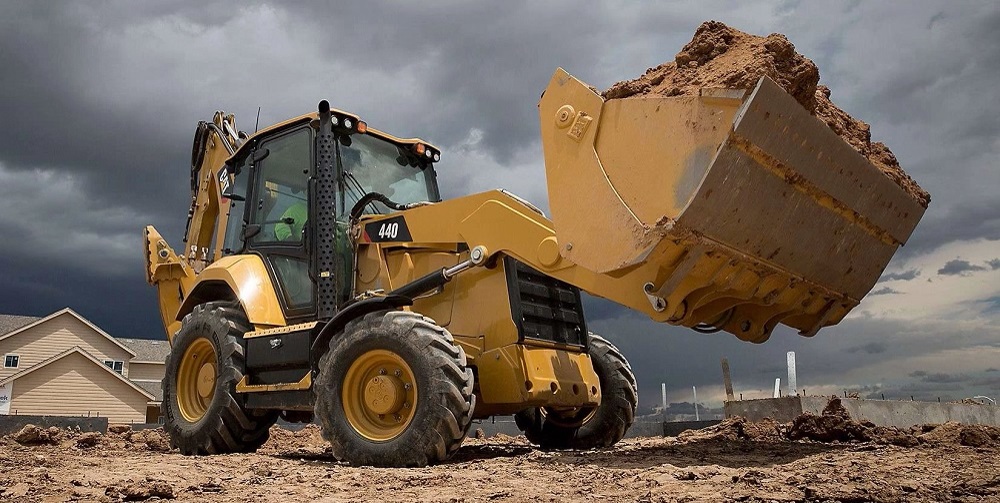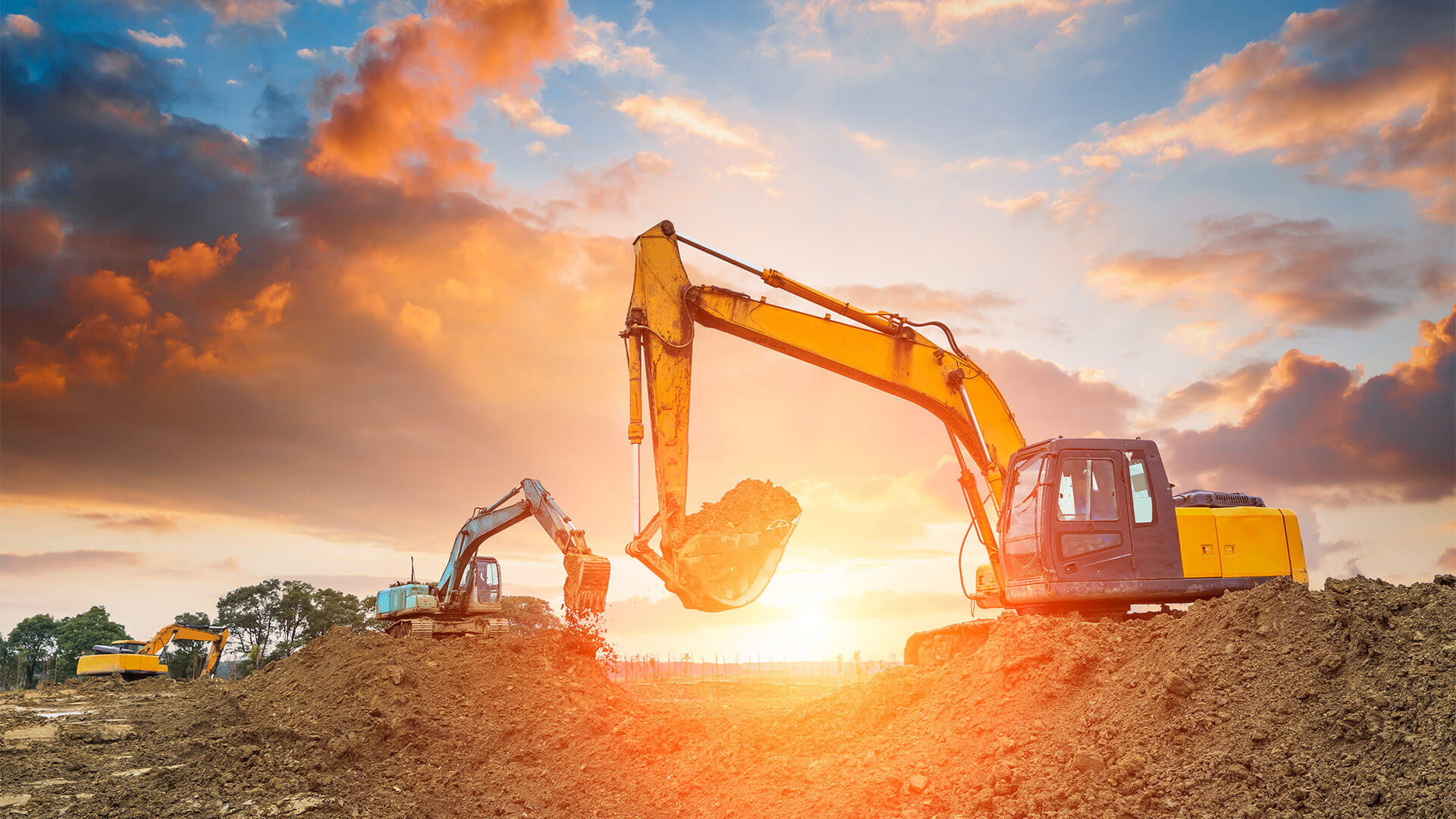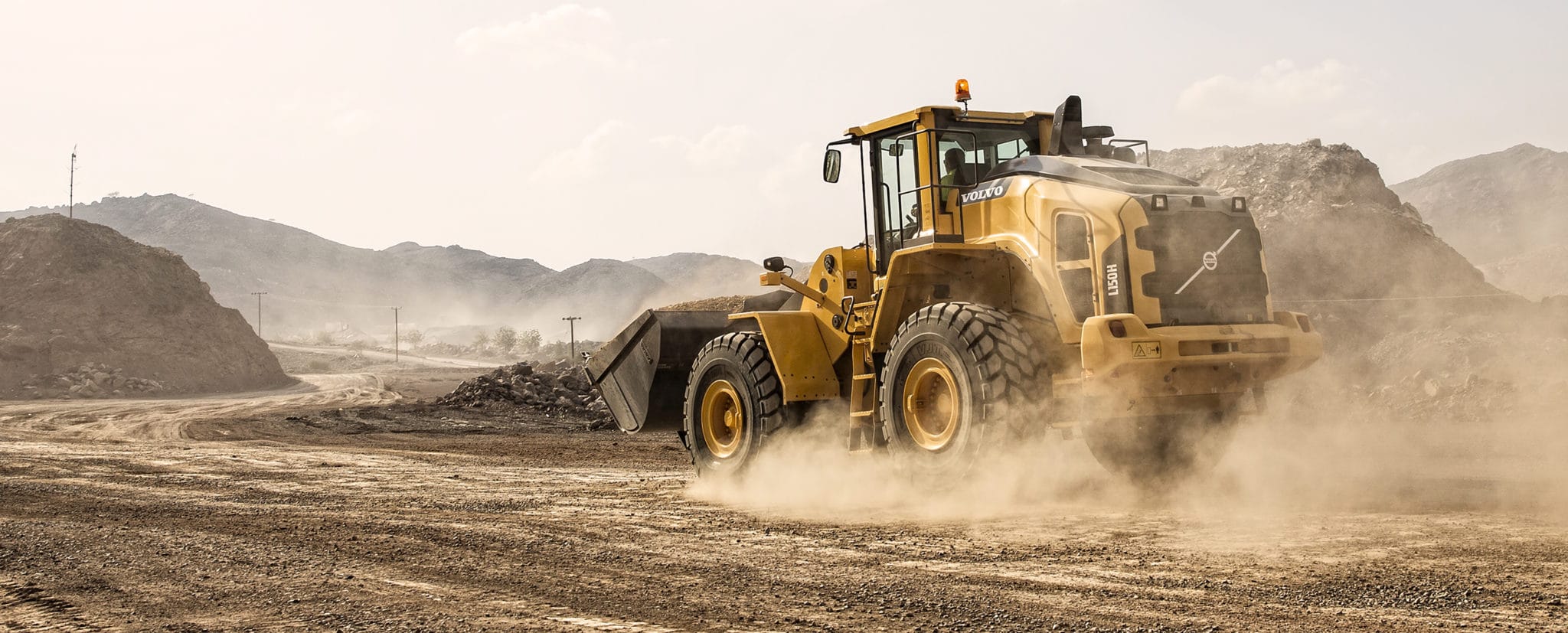Aerial Lift Rental for Construction and Maintenance Projects
Wiki Article
Leasing Vs. Acquiring Construction Tools: Making the Right Selection for Your Task
When embarking on a construction project, one of the essential decisions that forecast managers and stakeholders encounter is whether to acquire or rent out building devices. The decision pivots on different variables such as expense factors to consider, task period, tools maintenance, scalability, threat, and flexibility monitoring.Cost Considerations
When evaluating the monetary facet of buying versus renting out building and construction equipment, the in advance expenses and lasting expenses have to be carefully taken into consideration. Renting tools typically calls for reduced first settlements contrasted to buying, making it an appealing choice for short-term projects or professionals with spending plan restraints. Renting gets rid of the demand for large funding outlays and decreases the monetary danger connected with devices ownership, such as upkeep and depreciation expenses. However, in the future, constantly leasing devices can gather greater prices than acquiring, specifically for extended jobs.On the other hand, purchasing building and construction tools entails higher ahead of time prices but can result in long-term savings, specifically for long-lasting projects or frequent customers. Inevitably, the choice in between renting and purchasing building tools hinges on the task's duration, frequency of usage, spending plan considerations, and long-term economic goals.
Task Period

On the other hand, for long-lasting jobs or ongoing building and construction work, getting devices could be the much more affordable option. Getting equipment can bring about cost financial savings over time, especially if the equipment will be regularly used. In addition, owning tools gives a feeling of control over its availability and enables personalization to fit specific task needs.

Tools Maintenance
Offered the crucial duty task period plays in identifying the most economical method in between acquiring and renting out construction equipment, the emphasis currently shifts towards analyzing the crucial aspect of tools upkeep. On the other hand, having devices calls for a proactive technique to maintenance to prevent failures, make certain safety and security, and extend the equipment's lifespan. Ultimately, a properly maintained building and construction equipment fleet, whether leased or had, is necessary for the efficient and effective completion of construction jobs.Adaptability and Scalability
In the realm of building tools monitoring, the facet of flexibility and scalability holds significant significance for job effectiveness and resource application. Deciding to lease building and construction devices provides a high level of versatility as it enables the fast change of equipment kinds and amounts based on the evolving demands of a task. Renting makes it possible for contractors to access a variety of specific equipment that may be needed for particular jobs without the long-term dedication of possession. This versatility is especially advantageous for jobs with differing requirements or unsure durations (construction equipment rentals).Moreover, scalability, an additional important factor, is inherently linked to adaptability. Leasing building and construction devices offers the advantage of easily scaling procedures up or down as job demands change. Professionals can swiftly include or exchange devices to match the task's transforming demands without the constraints of possessing possessions that may end up being underutilized or outdated. This capability to scale sources successfully can cause expense savings and boosted task timelines, making renting a positive choice for jobs needing flexibility and receptive source appropriation.
Danger Administration
Efficient threat administration in building and construction devices procedures is vital to making sure task success and mitigating prospective economic losses. Building projects naturally involve different risks, such as tools break downs, crashes, and task delays, which can considerably influence the job timeline and budget. By meticulously thinking about the threats associated with owning or leasing building devices, job managers can make enlightened choices to decrease these prospective hazards.Renting out construction equipment can provide a degree of threat reduction by moving the obligation of maintenance and repair work to the rental business. This can minimize the monetary concern on the project owner in situation of unforeseen tools failings (heavy equipment rental). In addition, renting provides the flexibility to accessibility specialized equipment for certain job phases, reducing the threat of possessing underutilized machinery
On the various other hand, having building and construction devices gives a feeling of control over its usage and upkeep. However, this additionally means bearing the full responsibility for repair work, maintenance expenses, and devaluation, boosting the economic risks associated with devices ownership. Cautious risk evaluation and factor to consider of factors such as project duration, tools utilization, and upkeep needs are important in determining the most ideal alternative for efficient threat management in construction projects.
Conclusion
In conclusion, when determining between buying and renting out building and construction tools, it is essential to think about expense, project period, equipment maintenance, risk, scalability, and adaptability management. Each variable plays an important function in determining the most ideal option for the job handy. By thoroughly assessing these elements, job supervisors can make an educated choice forklift rental that straightens with their spending plan, timeline, and total project objectives.
Report this wiki page